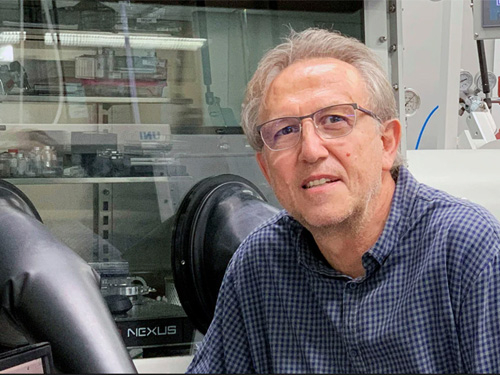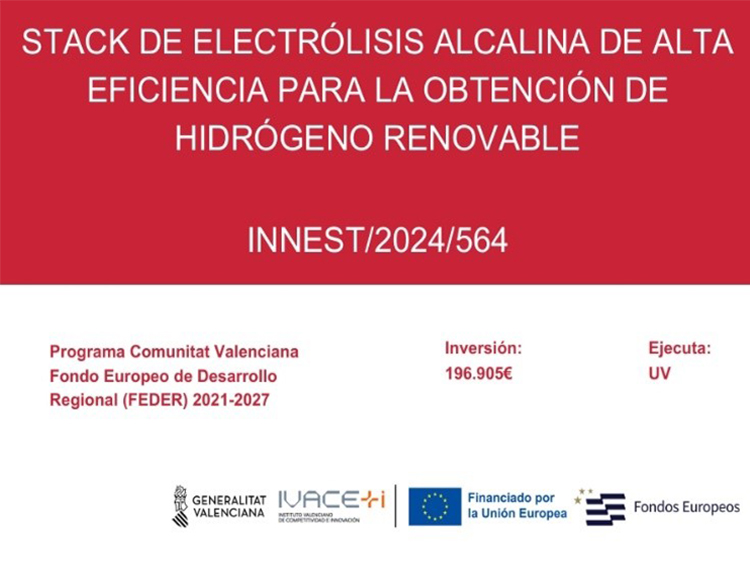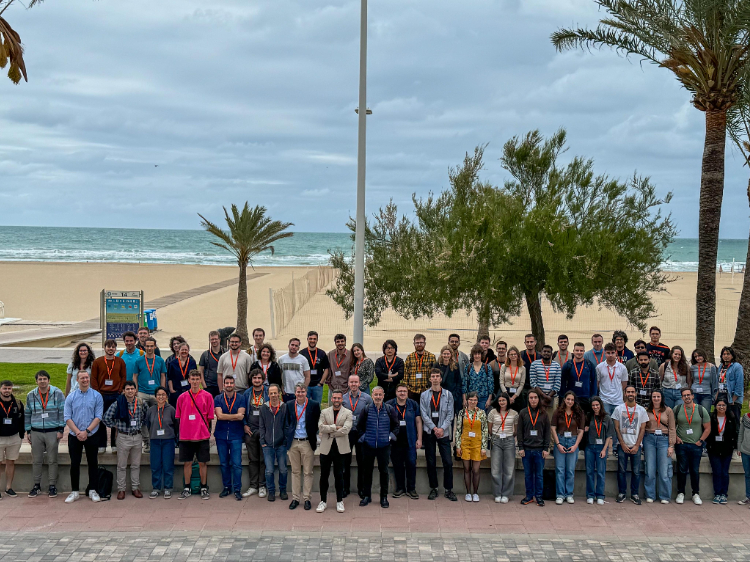Eugenio Coronado obtiene el Premio Humboldt de Investigación

El catedrático de Química Inorgánica de la Universitat de València Eugenio Coronado acaba de obtener el Premio Humboldt de Investigación que concede la Fundación Alexander von Humboldt (Alemania). El premio reconoce a investigadores cuyos descubrimientos fundamentales han tenido un impacto significativo en su disciplina y de quienes se espera que continúen produciendo logros de vanguardia en el futuro.
Los ganadores de este premio, dotado económicamente con 65.000 euros, están invitados a realizar un proyecto de investigación de su elección en una institución de investigación en Alemania. En el caso de Coronado, el proyecto se desarrollará a caballo entre el Departamento de Física de la Universidad Técnica de Múnich (TUM) y el Instituto Max Planck de Estructura y Dinámica de la Materia, en Hamburgo.
Eugenio Coronado es catedrático de Química Inorgánica de la Universitat de València y director del Instituto de Ciencia Molecular (ICMol) –único centro de la Comunidad Valenciana reconocido como Unidad de Excelencia María de Maeztu por el Ministerio de Ciencia e Innovación–, en el Parc Científic de la institución académica, desde donde desarrolla la mayor parte de una labor investigadora en la frontera entre la física, la química y la ciencia de los materiales.
Una de sus líneas de investigación actuales se centra, principalmente, en el diseño de materiales inteligentes formados por moléculas magnéticas depositadas sobre materiales bidimensionales, análogos al grafeno, con propiedades magnéticas o superconductoras. El objetivo final es obtener una nueva generación de materiales y dispositivos híbridos de aplicación directa en campos como la electrónica, la espintrónica, la detección molecular o el almacenamiento energético.
Además de ser titular de dos ayudas Advanced Grant del European Research Council (ERC) –las más prestigiosas de la Unión Europea–, cuenta en su haber con diferentes premios nacionales de Investigación, como la Cátedra internacional Blaise Pascal en Francia, el Premio Rey Jaime I, el Premio Nacional Enrique Moles de Química, el Premio Nacional Rey Juan Carlos I, o las medallas de la Real Sociedad Española de Química (RSEQ) y la Real Sociedad Española de Física (RSEF), entre otros. Cabe destacar que se trata del primer científico que ha obtenido ambas Medallas –la RSEQ 2009 y la RSEF 2019–.
Por otra parte, Coronado acaba de recibir un nuevo proyecto europeo FET-OPEN, de apoyo a Tecnologías Futuras y Emergentes (H2020), orientado a fortalecer grandes proyectos colaborativos de investigación científica y técnica de excelencia ligados a tecnologías rupturistas y realizados mediante colaboración. Se trata del tercer FET-OPEN que el catedrático mantiene activo. Dichos proyectos tratan de poner en valor el papel de las moléculas en tecnologías como la espintrónica, la computación cuántica y las TIC.














